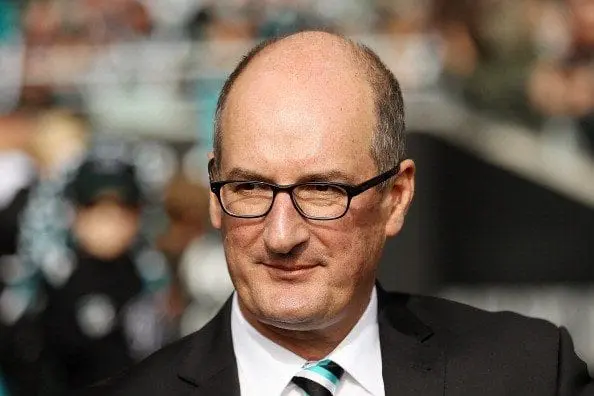A concussion memo that was sent to all 18 AFL clubs by league headquarters has resulted in "confusion and frustration" concerning pre-season head injuries.
A report, according to The Age, placed all sides on a "concussion ladder" based on the amount of head knocks suffered during the summer training months.
The AFL has taken a greater focus on the issue following the recommendations contained within the Finding of State Coroner, Judge John Cain following the inquest into the passing of Richmond player Shane Tuck.
Upon Cain's findings, the league implemented concussion spotters in the AFL Review Centre (ARC), education on concussion and repeated head trauma and the assessment of contact training sessions, which has become a point of contention.

In Sam McClure's report, clubs lamented a "lack of direction", with Port Adelaide chairman David Koch said to be among the most vocal.
Clubs are "frustrated they were not given clear guidelines as to how they could protect their players from head knocks, and that there was no conclusive evidence linking a certain amount of contact training with a reduction in concussions," McClure said.
According to The Age journalist, the AFL's memo stipulated that "contact training with the highest risk of concussion were match simulation (2.38 per 1000 player hours) and small-sided games (2.31 per 1000 player hours)".
"... The highest risk of concussion was during pre-season training compared to in-season training sessions," the memo said.
According to the report, one club's data showed a larger amount of contact drills were being conducted, but for fewer overall concussions.
So far during the pre-season, multiple players have suffered concussions, including Richmond's Tom Lynch, West Coast's Harley Reid and Melbourne's Matthew Jefferson.
Amid the ongoing discourse surrounding the best course of action regarding contact drills during the pre-season at club land, Collingwood champion Scott Pendlebury said he "found for us there's been a lot less contact, some of the drills we've taken out as well to avoid those".

Pendlebury went on to say there's more of a focus on method and controlled situational training to ensure the protection of the player's heads at the AIA Centre.
"I think it's more the technique behind it, not just kicking footys up and telling everyone to fly from eight different directions of the pack," the 37-year-old added.
"It's more the technique side of the game we can work on a lot to learn to protect ourselves in those situations – we've done a power of work out on the field and indoors to make sure we're as prepared as possible."
























